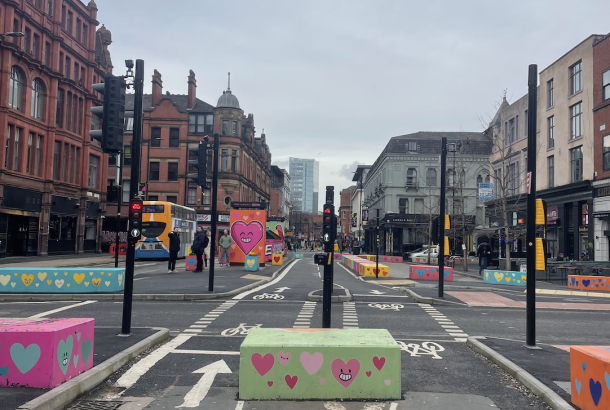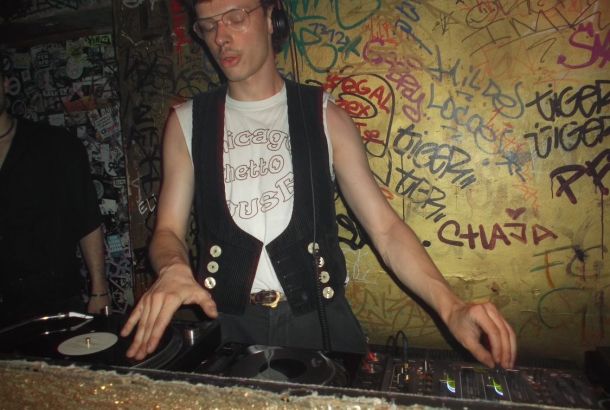After the quake
By Oli Rahman
When the earthquake tore through Tohoku in March last year, I was in a bar in Osaka drinking with friends. One of them, Japanese, read out a message on his iPhone. There had been an earthquake fairly close to Tokyo. Japan being a country prone to frequent minor seismic activity, none of us were too concerned, and continued to drink sake and eat yakitori in blissful ignorance. The next day, news of the Tsunami reached Kansai, and the full extent of the damage became clearer.
At Kyoto University library, students were glued to their screens as they watched entire towns in Iwate prefecture being obliterated by tidal waves. NHK, Japan’s main news channel, was showing footage of cars being washed down the street, only interrupting its coverage of the disaster to allow a strained-looking Naoto Kan, then Prime Minister, to mumble a few strained-sounding words of reassurance.
Manchester student Michael Harris, who was in Tsukuba University in Ibaraki, describes his experience.
“During the first major quake I was in the lab. I thought that it would just pass since we had small ones at least once or twice a month, and we used to get them a lot when I was living in Kobe. However, it just got stronger and stronger, and all the lights in the room started falling and exploding. It was completely pitch black, and I hid under the lab bench. I genuinely thought at that point that the growth chamber was going to collapse and I would be stuck in there. I didn’t sleep for about 3 days because of all the aftershocks.”
2011 for Japan was a year of crisis. Japan suffered an earthquake reaching an astonishing 9.0 on the Richter Scale, followed by a tsunami, and an ongoing battle to restore control at Fukushima Nuclear Power Plant. The incident reinforced the anti nuclear sentiment within Japan and in Western countries. A poll by the Japanese paper Asahi Shinbun found that by June last year, of 1, 980 Japanese asked, 74 percent were in favour of a total decommissioning of Japan’s 54 nuclear reactors.
Within Europe, Germany’s coalition government has also pledged to end German dependency on power plants by 2022, an extreme measure that many see as a direct response to the Great Tohoku Earthquake. At present, the World Bank estimates the cost of reconstructing Japan at somewhere between £75bn and £145bn, and the death toll is thought to exceed 15,000.
But, despite the scale of human tragedy and the world of Tokyo Electric and its murky accountability, there are people working hard in the reconstruction effort. Yuichi Tomita, a Japanese language tutor at the University of Manchester, is one of those involved. “Voices From Japan” is an educational project established by former staff members of Fukushima University.
“The main purpose of the project is to produce educational material for primary school children in the UK. Mainly written material, including photographs, pictures and actual letters written by the Japanese children,” explains Tomita.
“After six months, almost no information is given to British people, especially young people. We felt it was not good. Because the people suffering from the earthquake are still in trouble.”
Do you feel that Japanese people are still aware of the problems facing people in affected areas?
“It depends…for example, in the western area, and the south area, I guess …many of them are beginning to forget the tragedy. Which is a very sad thing.”
And what about the areas closer to the incident?
“In the northern area, or eastern area, they still have problems with radiation. So for example in Tokyo, which is about 300 km from the power plant, they are scared of the radiation problem. And of course in Fukushima and Tohoku area, they…are very worried.”
How do Japanese people feel about the way in which the state has dealt with the reconstruction?
“I think they are trying hard to make the situation better but it costs a lot… and of course the radiation and nuclear power plant issue cannot be solved so easily. It may take ages. I think they are trying hard, but when I talked with the people there, they seemed to feel that our government is not doing enough.”
“For example they have a problem with mortgages. Some of them built their houses by borrowing money from the bank, have lost their houses, but have to continue paying their mortgages. That kind of thing still happens there.”
Around ten months on from the earthquake, Manchester’s students have returned safely. Some had been forced to relocate away from the affected areas, while some had returned home early. My last few months in Japan had a melancholy feel; as I passed certain areas of Kyoto I would see anti nuclear demonstrations, and fund-raising posters displaying images of the wreckage. And Tokyo was eerily empty in comparison to the last time I had visited.
The next stage is to rebuild and help the families affected. In the words of Tomita, “The important thing is we should continue paying attention to those people. We should not forget them, and continue to contact them and listen”.







